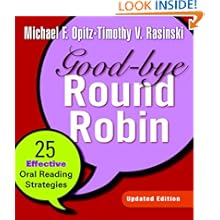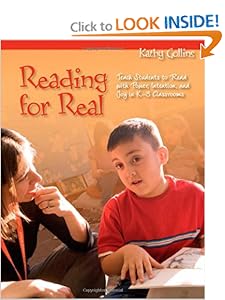Eight Brain Based Teaching Strategies
1. Temperature
Keep the temperature in your classroom consistent. The comfort zone is around 70. Too hot temperatures can increase anxiety and aggression. Too cold temperatures can be distracting. As a teacher you can take off or put on a sweater to adjust your comfort level but the brains of your class need to be in the zone.
2 Bright Lighting
Maintain a consistent level of lighting all day. The best light is natural daylight for serotonin production. In the absence of that bright artificial lighting will help alertness. (Disclaimer-flickering or humming florescent lights are not helpful.)
3. Flexible Seating
Row seating helps student focus on the task at hand. In fact, time on task dramatically increases when students are in rows. However cooperative learning fosters discussion and interactive tasks. Both of these are key in helping our students be successful. The answer is to provide both types of seating. Keep your floor plan flexible.
4. Chunks
Keep your lessons mini! Teach your mini-lesson, then give children the time to process the information. Children need breaks and downtime for the brain to rest for the brain to recover. If you teach too much content at once the student brain will overload and not retain anything.
5. Intrinsic Motivation
There are many ways to work on building intrinsic motivation in your students. One way is to give students choice. Giving authentic choice to students helps provide power and authentic learning. Providing choice is one of the hardest things for teachers to do at times, but it is necessary for your students to build autonomy.
6. Movement
Give students the opportunity to move around the room. Take body breaks to increase the blood flow to the brain. Allow students to stand occasionally for learning periods. Incorporate physical rituals (cheers, chants, stretches, etc.). Recess and physical education are both crucial ways to get movement in but it needs to be incorporated into the classroom as well.
7. Connections
Make learning personal for your students.. Use learning reflections, journals, letter writing, and share time to actively engage your learners. Very often teachers cut the "share" portion at the end of reading or writing workshop due to time constraints but the opportunity to share is often the most motivating. Another tip is to connect the lesson to a current event or a real-life application.
8. Presentation
Begin and end your lesson with the most important material that you want the students to take away. Mix in music, videos, props to increase interest and engagement. Boredom is actually a stressor for a child's brain. Novelty boosts learning!
This is just a smattering of the available tips and advice that are out there regarding brain based learning. It can be overwhelming to read through all the information, but I suggest you pick one place to start and gradually build upon that. You don't need to be an expert in neuroscience to start shifting your classroom to be more brain based. A little research and your class can start reaping the rewards this year!
A sample of websites:
Brain Based Learning
Edutopia Brain Based Resources
TeachThought
A sample of recommended books:












